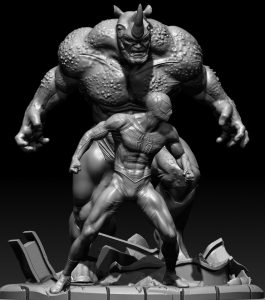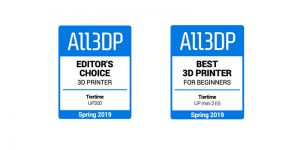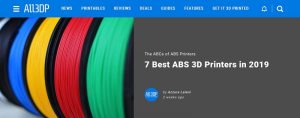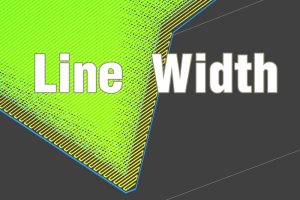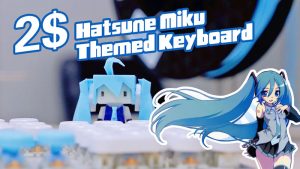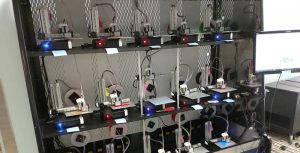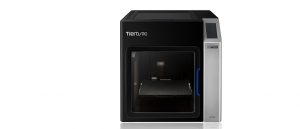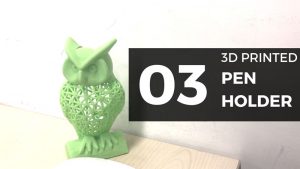With the growing popularization of desktop 3D printers, personalized and customized items are now being created by the masses. At the end of 2016, Tiertime released the UP mini 2, priced for both consumers and budget-minded professionals. Introduced at CES 2016, the mini 2 is expected to impact offices, classrooms, and the home user market.
Currently, there is a lack of innovative, original, smaller 3D models available on Chinese websites. To alleviate this issue and spur home-use-adoption, Tiertime allied with Tsinghua Maker Space to host the firstSmall-Size Model 3D Printing Design Competitionin China.
Participants were required to create model designs less than 12 cm in length, width, and height. Each was printed on Tiertime desktop 3D printers. The contest was split into five categories – toy assembly, flash drive covers, self-made houseware, jewelry, and pet tags. Works were submitted and printed. Votes were made online. Models were reviewed by experts, then the results released and prizes awarded.
Zhao Huaqing, a grade 14 Industrial Design student at the Art Academy of Tsinghua University won first place for his “Poem of Geometry” jewelry.
Inspired by current science fiction films, abstract lines highlight the jewelry. Our experts considered its simple, gothic style potentially appealing to the unique tastes of youth, making it marketable.
Zhao is from Dalian, Liaoning, China. He enrolled in Tsinghua University in 2014. Only a sophomore, he follows the strict and professional guidelines outlined by the college’s Industrial Design department.
“When knowing the first place prize would be a 3D printer, I was very anxious to participate. 3D printing is a crucial tool in modern industrial design. For a student, it can greatly aid in the quick completion of courses and jobs. Most students hoping to complete an industrial design degree are saving to purchase a 3D printer,” said Zhao.
After Zhao registered to participate in the competition, he studied the contest’s rules and the abilities of 3D printing. He repeatedly validated his designs on Tsinghua Maker Space’s Tiertime UP Plus 2. After testing and several iterations, he finally submitted his jewelry for the competition.
Zhao is now the proud owner of an UP Plus 2 and he praises its design, stability and performance. He believes it will play an important role in continuing his education.
“The 3D printer features quick shaping and stable performance. Many difficult abstract designs can only be realized via 3D printing. With the emergence and development of modern product requirements, various restrictions and problems can occur. The new generation of students appreciate the convenience of 3D printing and can effectively employ it,” said Zhao.

After the competition, Zhao established his design studio,Paperman Design. His specialty is concept and product design. His company’s slogan is “born for high-end customization to create what you think.” The studio is seeking partners with same goals. Zhao performed a packing design project for an Iranian company shortly after his business was founded.
Competition results in champions, but creation is limitless. 3D printing is gradually becoming a required asset for most design fields in China. As 3D printer prices continue to drop, students and consumers are gaining access to technology previously only available to large enterprises.


